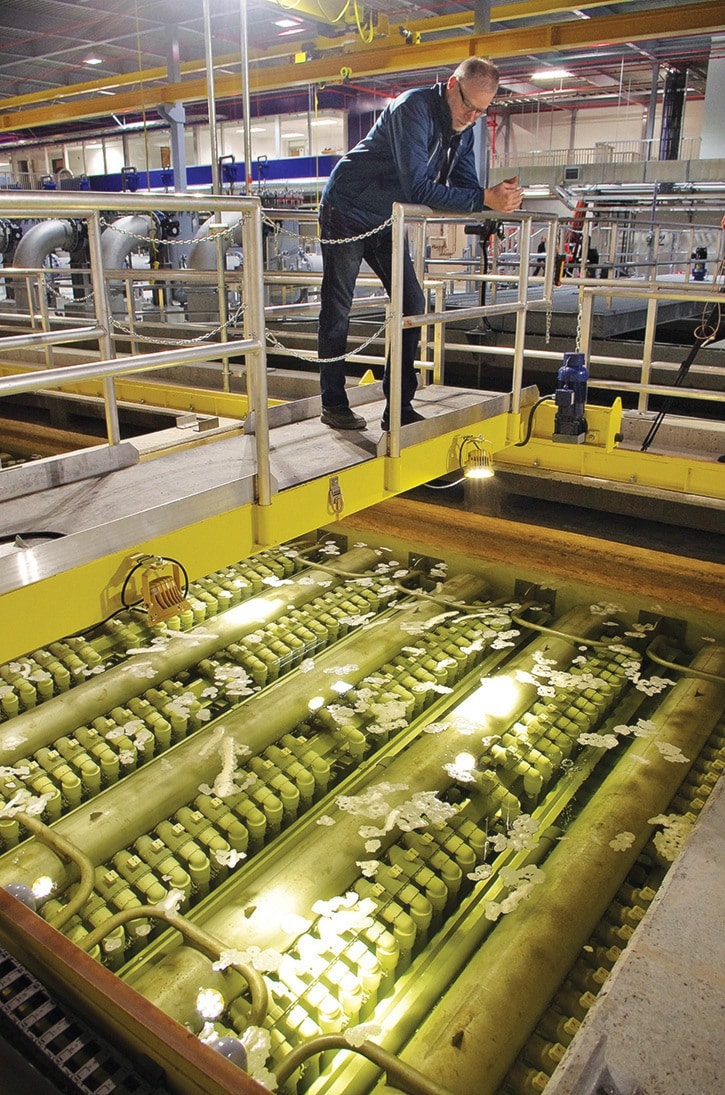Operators at Nanaimo’s water treatment facility are fine tuning the water filtration system after a noticeable presence of chlorine in the city’s tap water.
According to a news release from the City of Nanaimo, the noticeable chlorine in the water is due to the increased filtration – previously, chlorine reacted differently with the higher volume of particulate matter in the water. Now the matter is filtered out, the chlorine is more evident.
According to the city, chlorine levels are down more than 25 per cent when compared to the previous disinfection system.
Regulations require chlorine level in drinking water to be within the range from 0.2 parts per million (ppm) to 4 ppm. The maximum amount that has entered Nanaimo’s system is 1.75 ppm, with the average being 1.3 ppm.
Additionally, chlorine – a disinfection agent used in municipal water systems across North America – may become more apparent in odour and taste as the temperature of the source water rises.
Through the month of August, an annual temperature increase in the city’s reservoir at Jump Lake caused water leaving the plant to carry a more noticeable presence of chlorine.
As water temperatures drop through the fall and winter, the presence of chlorine will become less apparent. As well, with the clearer water, the residual chlorine is extending further into the system.
After nearly 10 months of operation, the new water treatment plant is exceeding the city’s expectations in water quality filtration.
“We are very pleased with the performance and purity of water leaving the new water treatment plant,”said Bill Sims, manager of water resources. “While we’re happy with using less chlorine than in the past, we are working hard to dial the disinfection system in so that it’s less noticeable aesthetically. At this time of year, with higher water temperature, chlorine levels are less stable and therefore more noticeable.”
The city estimates it avoided six boil water advisories since the plant came online in December of 2015. Based on the turbidity of the water entering the plant at the South Forks Dam, operators can determine when the old method of filtration would have capped out the turbidity scale and triggered a warning. Sims said in an e-mail that several severe weather events last winter resulted in high stream flows that would have caused boil water alerts under Island Health's new protocol had the new water treatment plant not been online.
